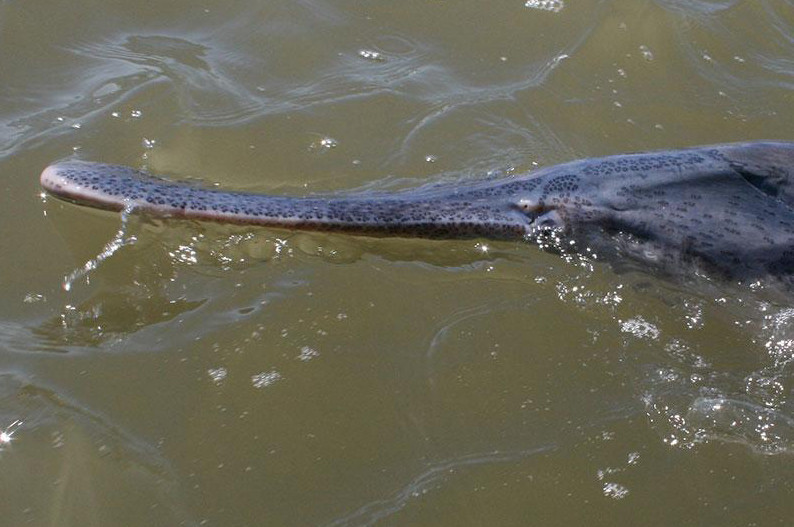Ompax spatuloides, a hoax, was thought to be a unique type of fish found near the Burnett River in Queensland, Australia. Presuming (for the purpose of this question) its reality, it has generic piscine proportions, most closely resembling a mullet. However, its medial fins, including the caudal fin, are like an eel, forming a short, continuous band from the back and belly to the tapered tip of the tail. Its paired fins are flipper-like, and all four of them at the base of the body, one pair at the throat and the other pair on the chest. Its eyes are small, perched high on its head, and it has a broad soft beak like a platypus. It also has toxic flesh
What niche would such a fish best occupy?

